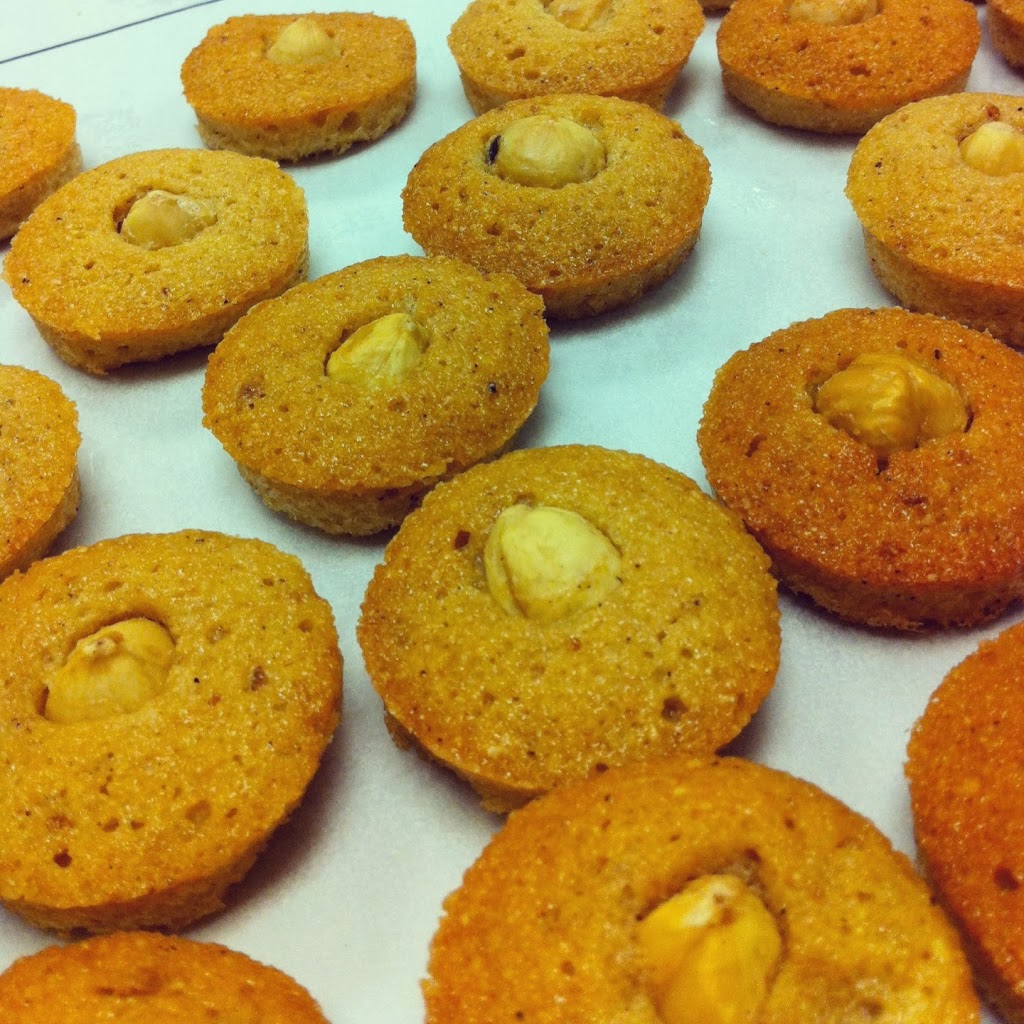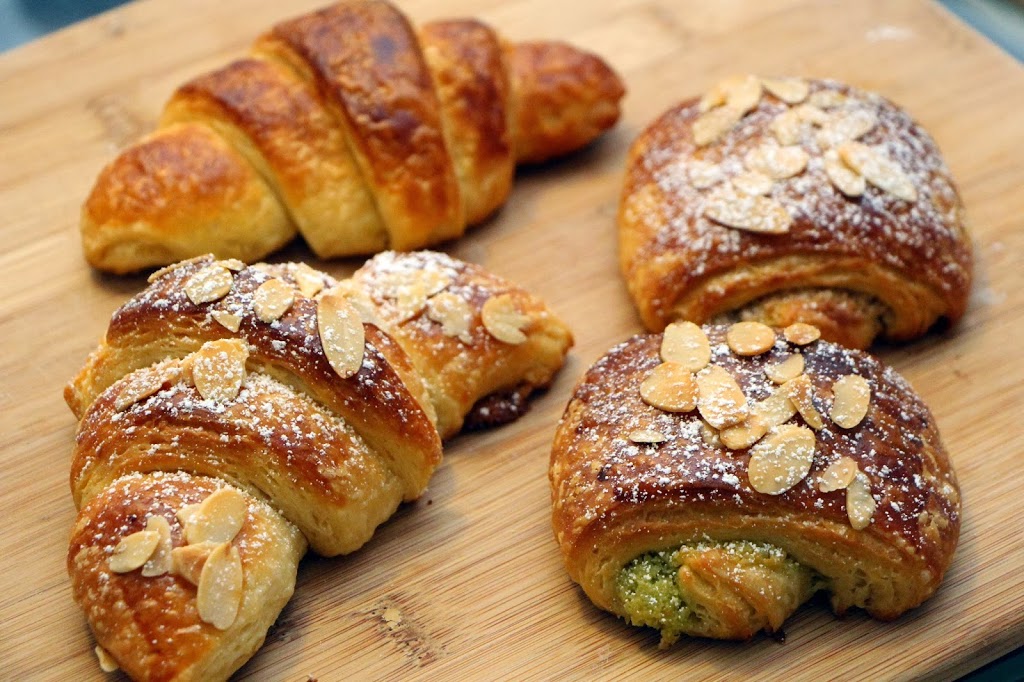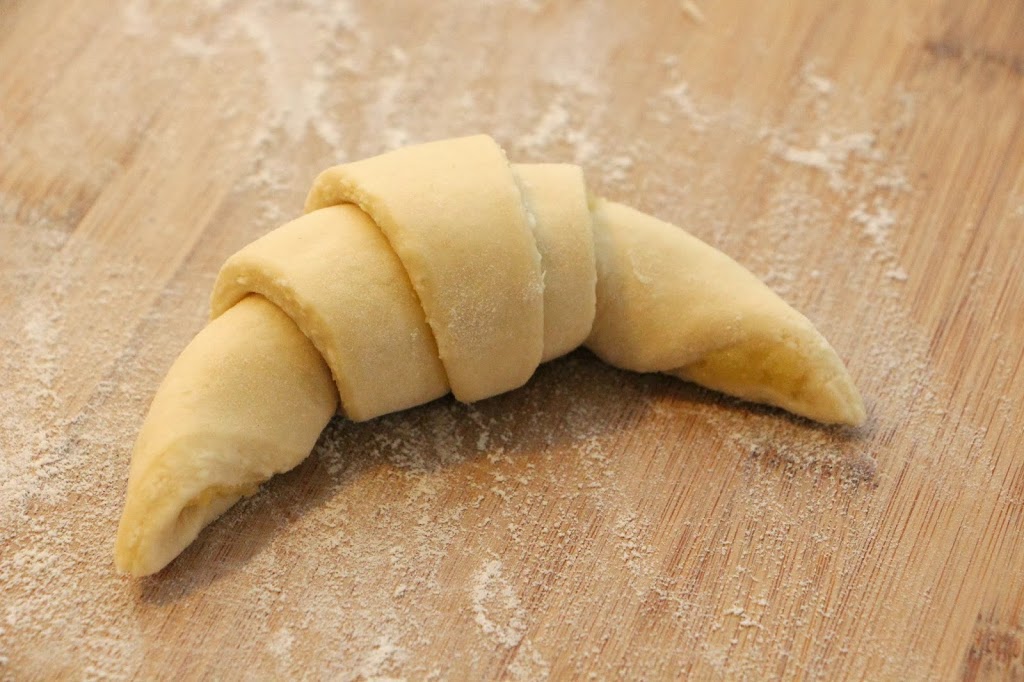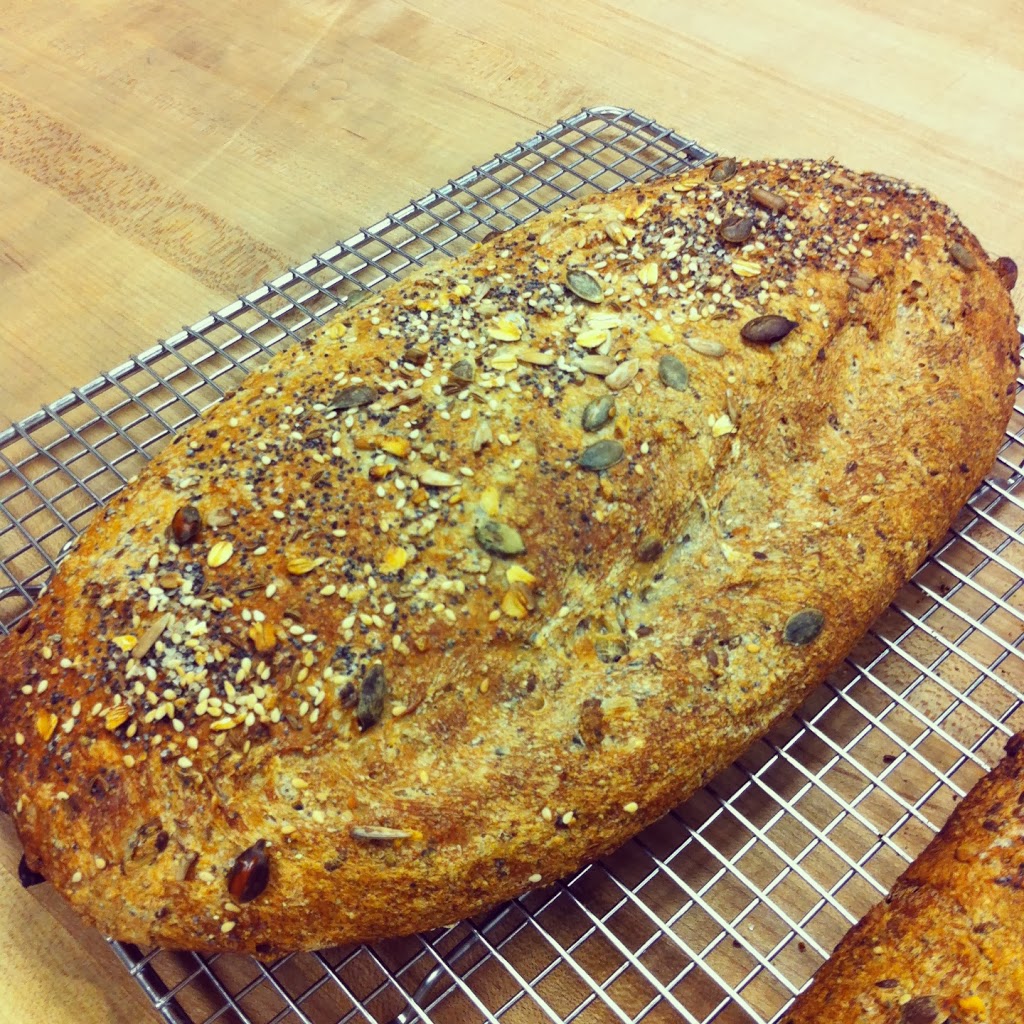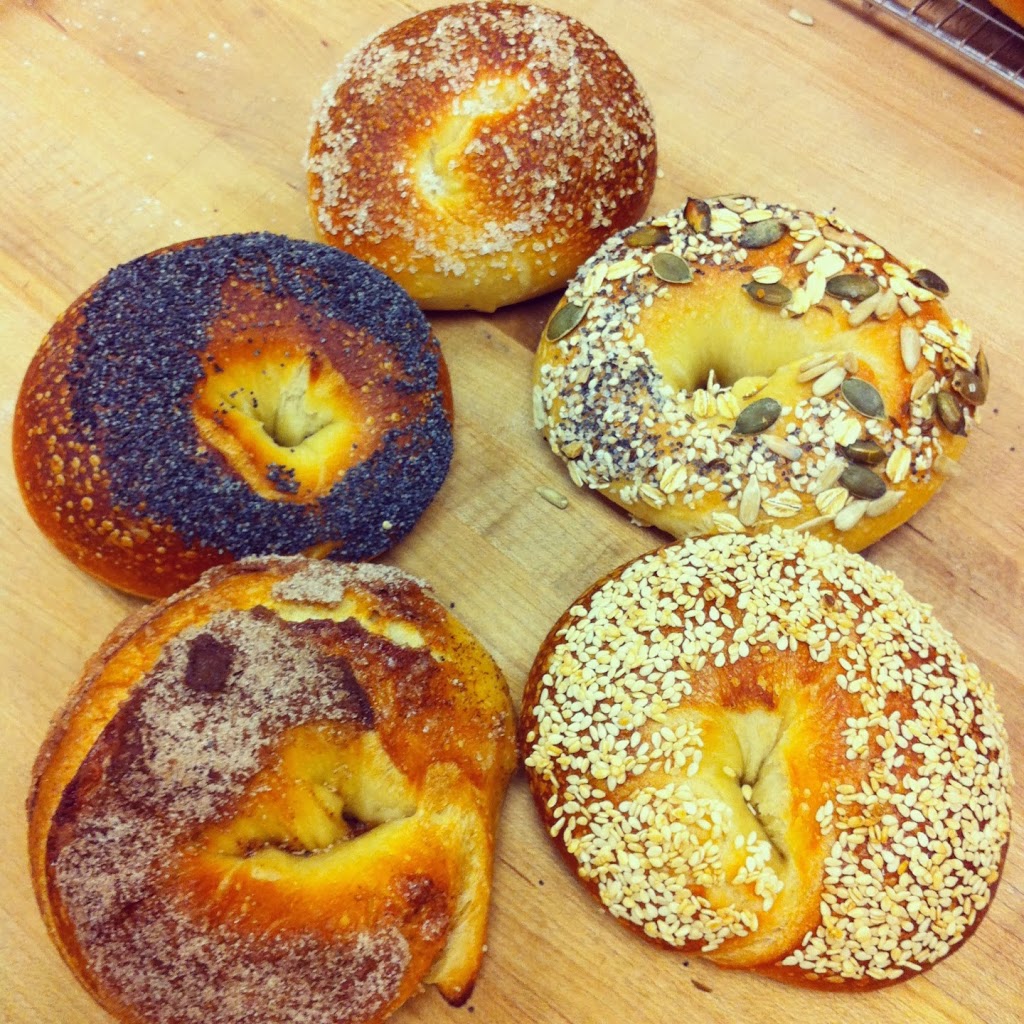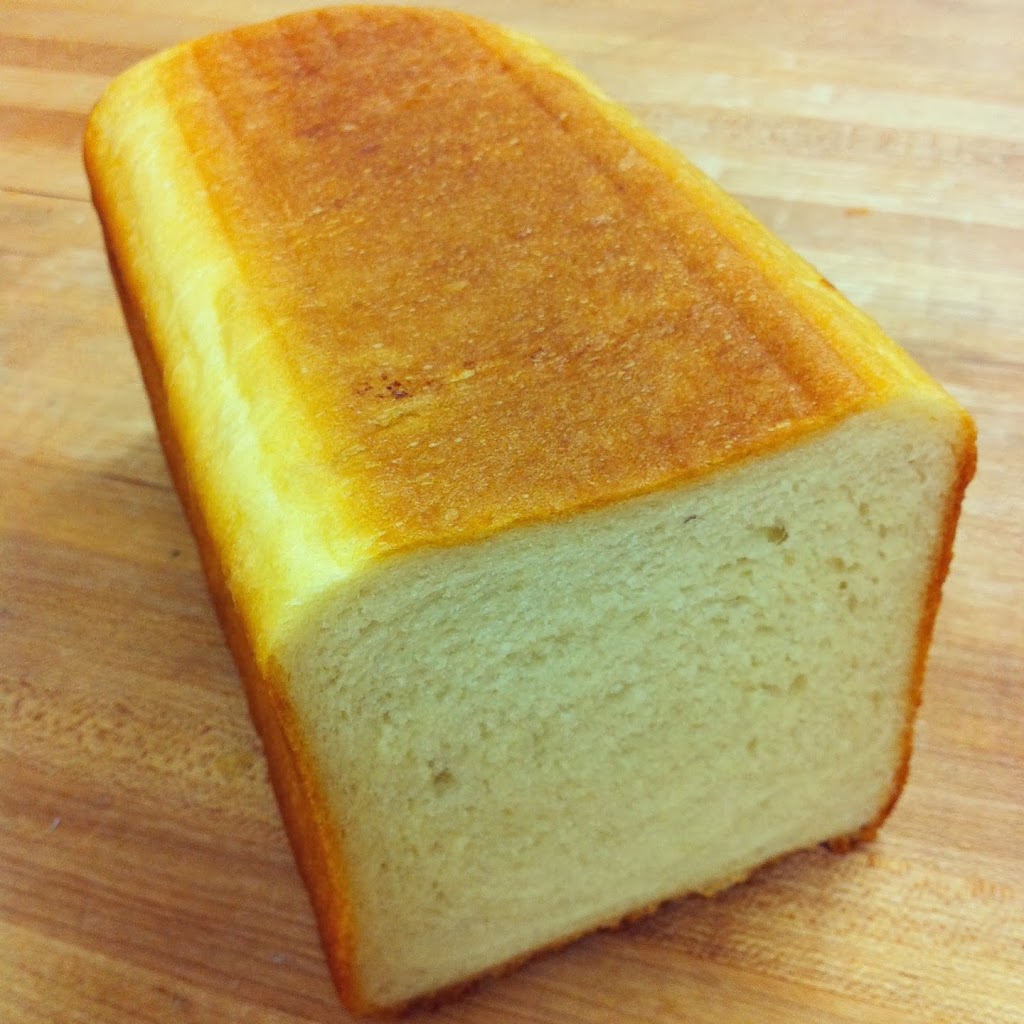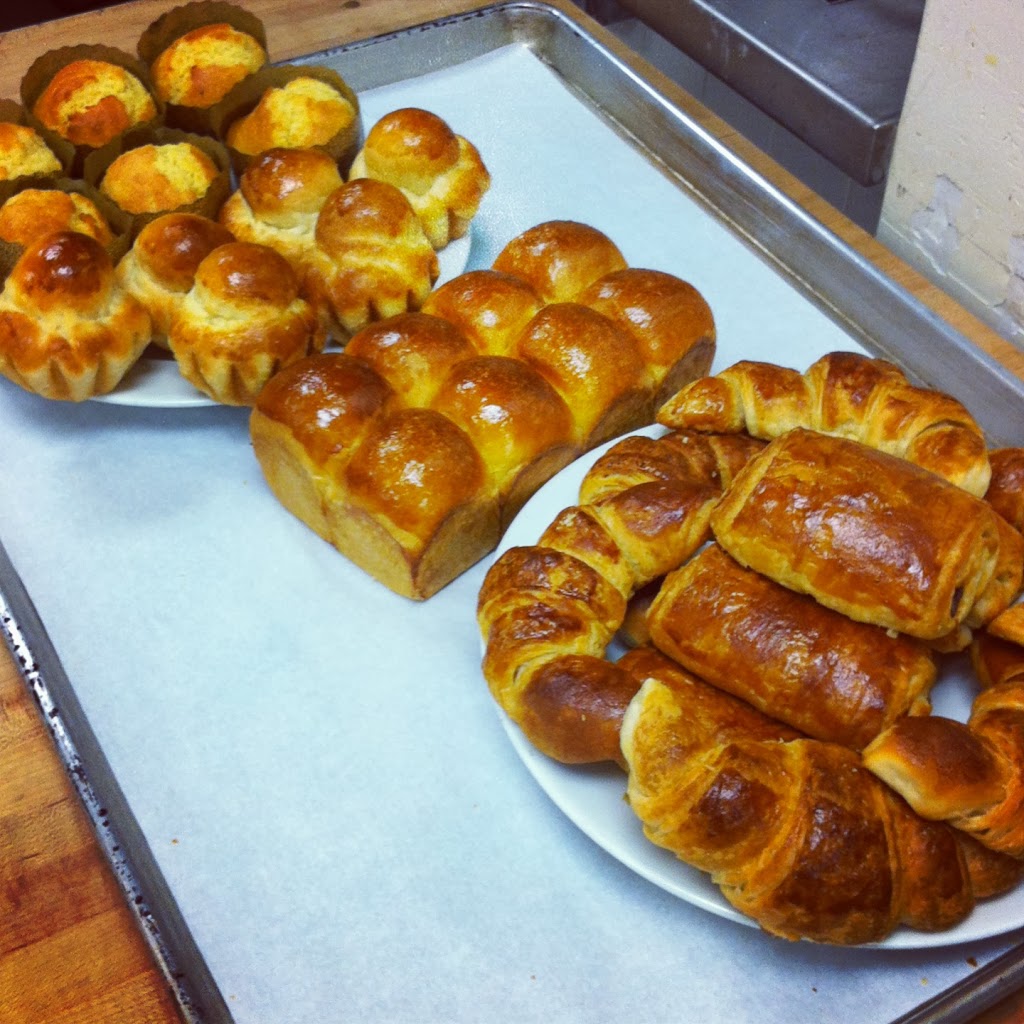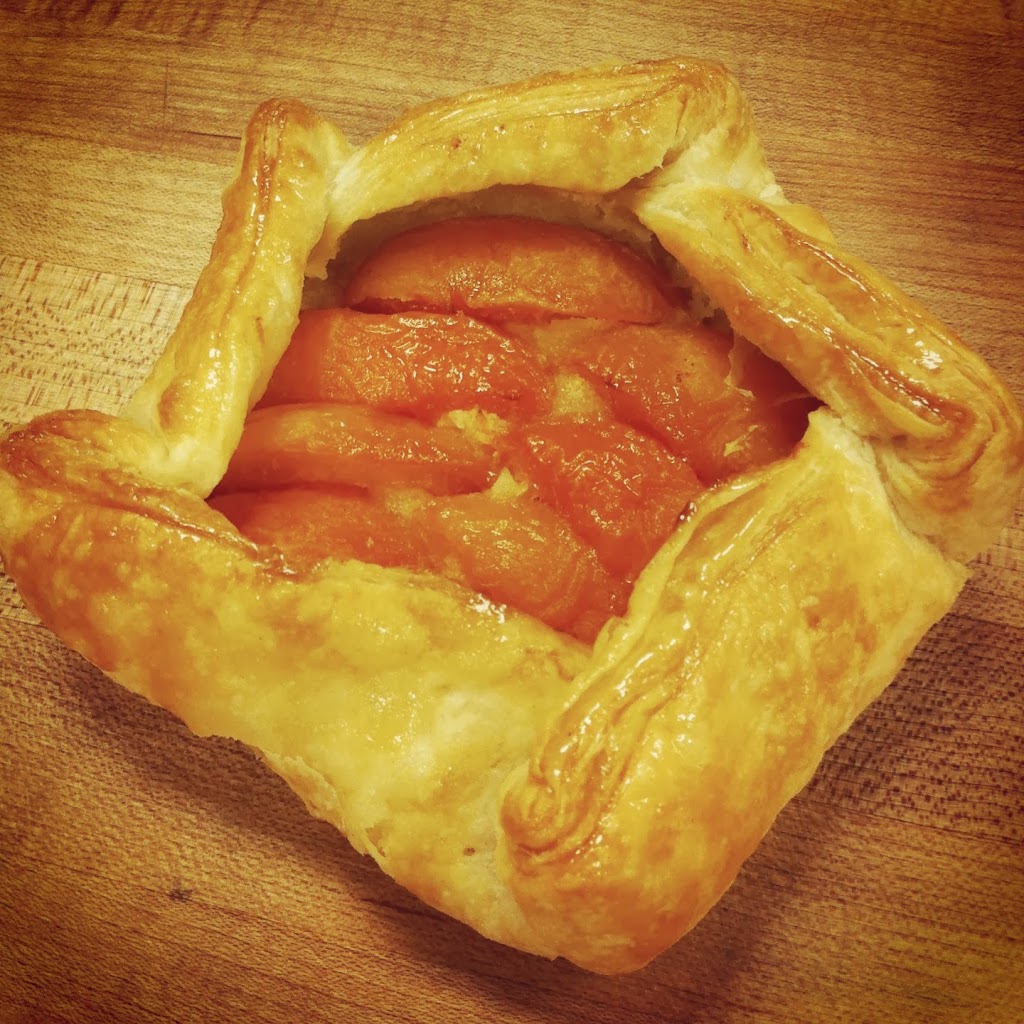Happy Valentine’s Day! To celebrate, I made some white chocolate and raspberry macarons. The white shells were a little more successful than the pink ones, which I over-deflated a bit, but both should be yummy to share with friends on a trip to Carmel this weekend.
To be honest, the hype and reverence around French macarons make me a little less excited about making them. That is probably why this is the first time I’ve made them at home (outside of class). However, I do think they are delicious treats, and no doubt big money-makers for bakeries (I almost always grab one when I’m at a Bouchon Bakery)!
Conceptually, petits fours are the most interesting to me. I love the idea of shrinking down desserts, and although it may be too labor-intensive, I could imagine having a bakery specializing in innovative petits fours. The French translation of petits fours is “small ovens” and the term refers to bite-sized desserts. The two dessert types are glacé (glazed, such as the ones you see in Swiss Colony catalogs), and sec (dry, such as macarons, meringues and biscuits). I believe there is also the savory type, salé (salted), for appetizers.
Some examples of petits fours from Unit 7:





